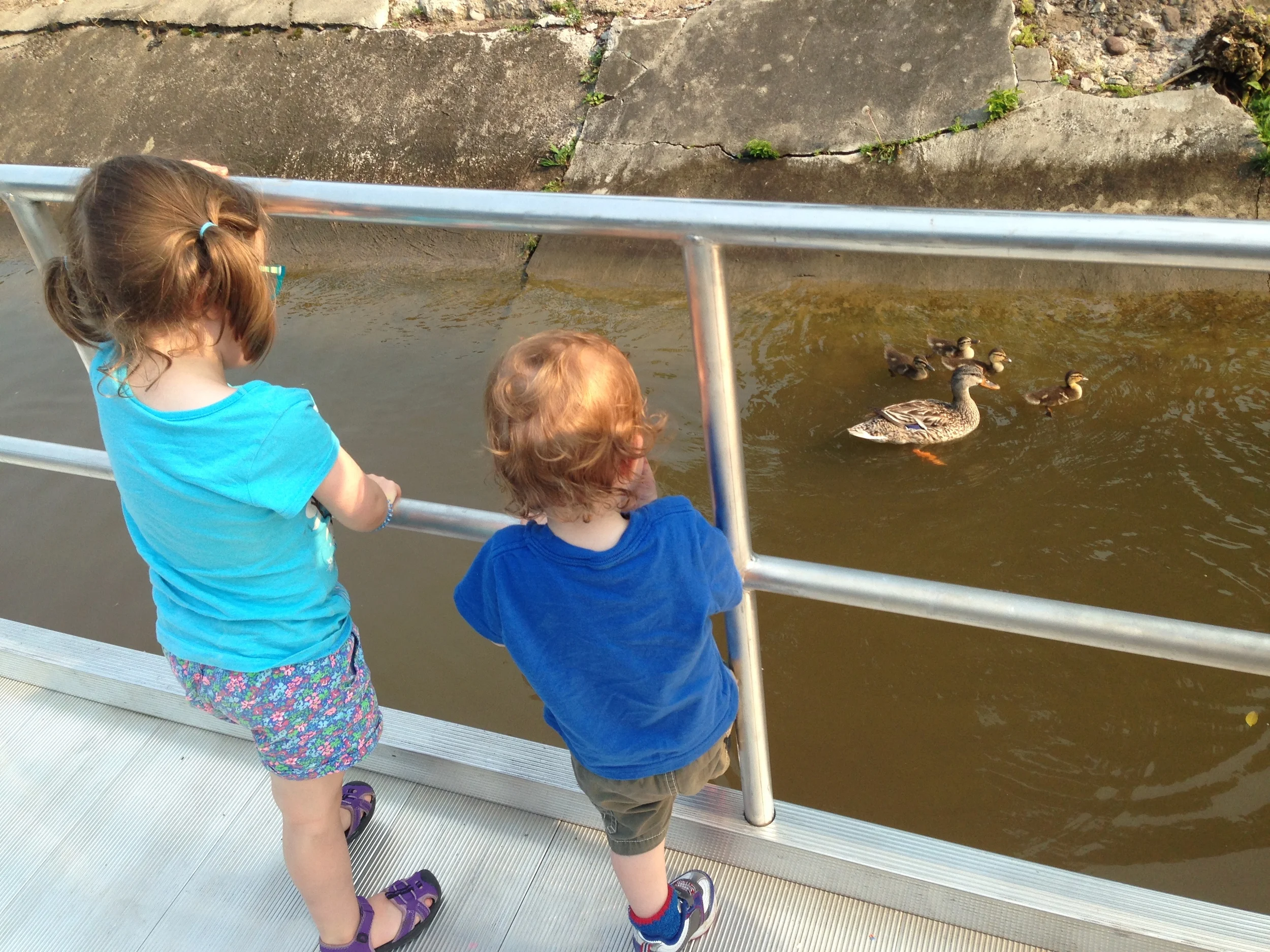I really like this post from The Baby Center on teaching responsibility:
The responsible child: How to teach responsibility (ages 3 to 4)
I subscribed to this blog/email list back when our oldest child was a year old, and I've really enjoyed the updates and anticipatory guidance this website provides. It's something I can hold onto, think about, and then incorporate into my style of parenting both of our children.
The title of this post from the Baby Center is "How to teach responsibility," and I really, really like how it breaks down the broad/abstract concept of responsibility into steps/principles. From my point of view, responsibility is something that is demonstrated and learned over time; I believe it reflects a concerted effort to demonstrate, label, and praise specific actions daily.
While this particular post references preschoolers, I think the bold face points can apply quite well to individuals throughout childhood and into adolescence. I also feel like there's a lot of value in reframing child-centric recommendations like these in terms of life principles for caregivers. For example, establishing routines, providing praise, and allowing for space and ups-and-downs is a critical skill for parents to practice and hone as they support their children through development. The principles, rather than the specific application of them, work well for most children regardless of their current language and motor abilities. The challenge then is in translating these principles into action items for both caregivers and their children, and this is something I try to work with families on addressing in a clear, concise, and concrete manner.
What I have often found is that families feel stuck about where to start with teaching a specific skill, and I try to encourage them to break down the steps associated with a task. I then ask them what their child can do without help, with some help, and with lots of help. This gives us a reference point from where we are most likely to be successful and then find the place in that chain where we want to start teaching one aspect of this new behavior chain.
Picking the right place to start can be a matter of finding the "sweet spot" for raising the bar for a child so that they can almost walk over the bar rather than having to jump over it. When trying a new approach, I perseverate on how to set people up for success out the gate so that it feels attainable initially and rewarding once achieved. This incremental, focused approach can work well for a range of social skills and adaptive behaviors across childhood.
Stay tuned for next week's post where I walk through how we try to implement this principle in our house on a daily basis as part of our mealtime routine with our cherubic youngest child.

